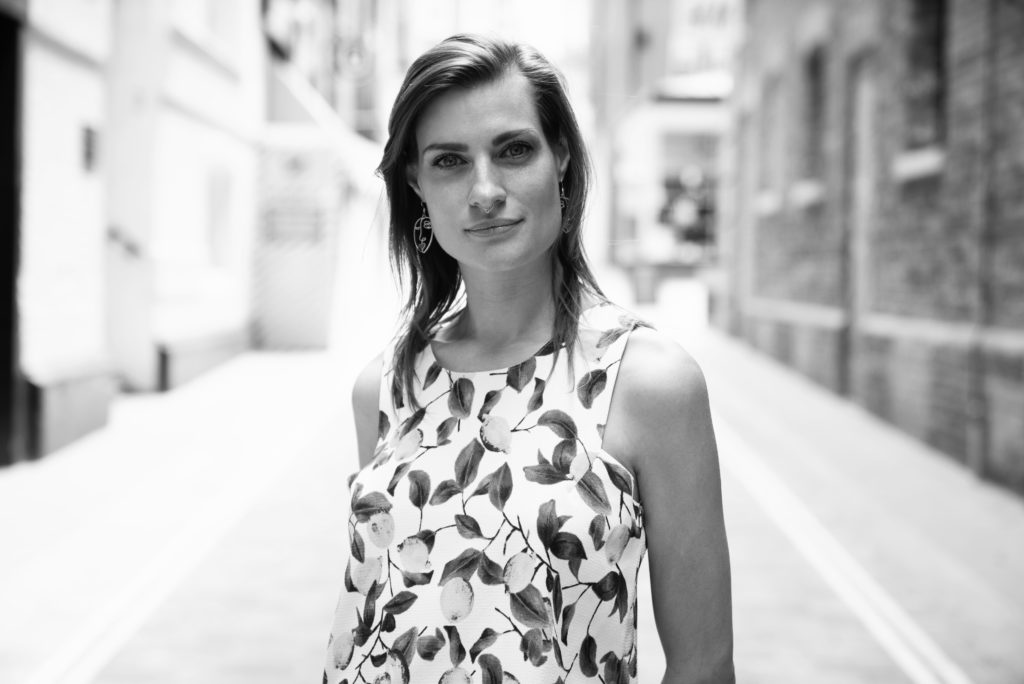Halina Wielogorska is a highly-regarded music and entertainment lawyer and Partner at Level Law; with twelve years’ experience of both in-house and private practice. We caught up with Halina to learn more about some of the biggest trends affecting artists & the industry today.

Hello Halina! Can you tell us a bit about what you do?
I’m currently a music and entertainment lawyer at law firm Level Law. Music has always been a big passion of mine — from running parties to buying records and going to festivals every summer. I’ve been able to integrate music into my practice over the years; working with some of the industry’s most successful start-ups like Boiler Room and AEI Group, as well as two of the top talent law firms in the world. I launched the music division at Level in 2020.
My roster of clients is a real mix of talent. I look after producers, songwriters, and artists — some very well known, whilst others who are industry visible but have not yet hit the market. I also look after entrepreneurial talent, and a fair number of businesses and individuals who are pivoting — which seems to have become a specialty of mine. For example, people who have worked in music for a long time but are wanting to launch an NFT project; or a sports personality who wants to launch a documentary film; or a Premier League football club, who wants to set up a record label etc.
You typically find that those individuals have a great set of people around them for what they currently do, but they don’t know how to transition or who they need involved — I can help them successfully weave their way from one path to another and facilitate introductions to the right teams. That’s a part of the job I really enjoy – rolling up my sleeves and really getting stuck into the business strategy.
How is the advent of Web3 and technology like blockchain having an impact on the industry?
I believe that from the artists’ perspective, blockchain and the development of Web3 is going to be enormously positive — and will allow them to unlock a huge amount of capital.
Gone are the days when the artist is a glossy, inaccessible person on the front cover of a magazine.
The idea that artists have personalities — and can be seen and reached by fans — has been normalised through social media and Web2; that direct communication has enabled fans to have more influence on the art and artist. That engagement will take a new form in Web3.
The way that people consume recordings and therefore, the way they consume the underlying compositions, which is the publishing side, changes every few years. The advent of Spotify and YouTube transformed the industry in the past decade. Prior to that, iTunes for downloads was essentially monopolistic. Do I think that in ten years’ time Spotify and Apple Music will be the leading streaming platforms? No. Will it be Audius or Bandcamp via Epic Games, or one of the other existing or future challenger streaming sites that are already working in Web3? Possibly.
In reality, I think we don’t even know how people are going to consume music because the technology hasn’t even been invented yet but I do expect it will be fully integrated into metaverse propositions of the future.
How do NFTs come into play?
The content that’s unlocked the initial excitement around NFTs has certainly been image based — quickly followed by animation. There have been a number of music projects, but most of them haven’t been led by music as such. Let’s take for instance, one of the early adopters, Steve Aoki; his first launch Dream Catcher Series was clearly a visual art piece. OK, it did have a recording and compositional element, but he himself said his first step was to find a visual artist. Usually, a musician’s approach to the artwork (that accompanies a release) is the reverse of this thinking – it comes way further down the line when the music is closer to finished.
I think that increasingly, we’re going to see pure music NFTs, which will include music layering models, the fractionalising of musical works, participatory NFTs where the holder earns a portion of royalties and other benefits of association granted on the basis of holdings. I’ve seen artists experimenting with releasing different versions of tracks. Most artists will have thirty or forty different versions of the record that ends up being released that never see the light of day. Artists will not only begin to sell these different versions but change parts of the song for people to own through NFT models. It’s all about finding new ways to unlock new capital for artists.
Some people may find the idea of being able to monetise art in-ever increasing ways challenging; and, of course, it shouldn’t be all about the money. But at the same time all the work, talent and creativity that’s gone into recording demos can’t be overlooked. Most of these artists have been honing their skills for literally decades. I think: why shouldn’t an artist be able to capitalise on what they’ve achieved? NFTs provide a unique new opportunity to move away from a one size fits all model for music monetisation.
What’s your vision for the future of this space?
Over the past couple of decades there’s this idea that’s come through the industry that to be successful, you just need 1000 dedicated fans. You don’t need millions of followers; you just need enough fans who are prepared to buy every album you make or every t-shirt you sell — and that will give you a reasonable income level. This concept will hold more weight over the next few years as Web3 comes into play and people engage increasingly in online worlds, where an artist’s finances can be controlled directly by them, with no middleman (or at least not in their current incarnations!). Some artists are already thinking differently about whether they actually need a label or publisher.
I believe it’s going to unlock new financial avenues for artists; creatively, they’ll benefit from it too. Artists will be able to release music in many more varied formats, for example. The leading DSPs and promotional channels at any time have a huge influence on how commercial artists structure their songs. As the D2C model strengthens in Web3, the artist’s will find they experience reduced pressure to bias their songwriting process. They’ll no longer have to make sure their tracks are two-and-a-half minutes, or begin with the chorus to optimise likelihood of playlisting support at Spotify, or clean their language and lyrical concepts to comply with Ofcom guidance and therefore make it onto Radio 1. They can release an hour-long ambient piece if they want to.
Ultimately, new technology will empower artists to be more creative. They’ll have fewer chains when it comes to what they can do and how they can do it. And they won’t have somebody telling them — typically, a label or publisher — what they have to do in order to be successful.
You can read this issue in full below, or click here.
Sign up to The Colectiv
Find out more about our upcoming industry-leading events, read interviews from innovators in our community & get feature articles, right to your inbox.
